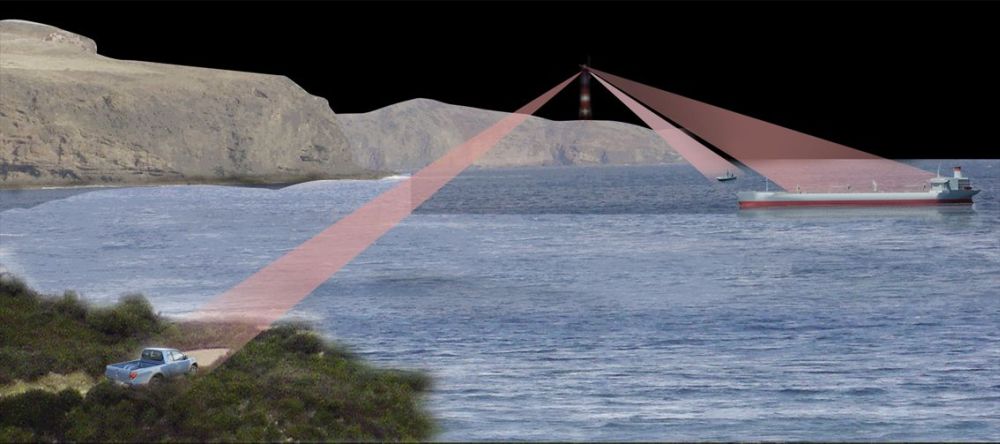WASHINGTON, Dec. 7, 2010 — The coalition’s struggle against insurgents in Afghanistan’s Helmand province is essentially over in Marja and it now comes down to Sangin district, the regional commander there said today.
Marine Corps Maj. Gen. Richard P. Mills commands Regional Command Southwest, encompassing Helmand and Nimruz provinces. Mills and Helmand Gov. Gulab Mangal talked about progress there to Pentagon reporters today via video uplink from the command’s headquarters at Camp Leatherneck, north of the provincial capital of Lashkar Gah.
“We’ve seen steady and unwavering progress in improving the security situation,” Mills said, “[and] a steady withdrawal of the insurgents from key locations within the province.” Regional Command Southwest stood up in June when the International Security Assistance Force divided the former Regional Command South in half. Mills’ nearly 30,000-strong force brings together the First Marine Expeditionary Force, which he commands, and troops from the United Kingdom, Denmark, Estonia, Georgia and Bahrain. Mills said these troops, working with increasingly capable and confident Afghan army and police forces, have established security in the former hotspot of Marja and are enabling development through much of the province.
“We now see limited Afghan-led operations against the enemy by the army, and independent operations by the police against insurgents and criminal networks,” Mills said. “Because of that, we have witnessed a steady decline in the capability of the insurgency to affect the daily life of the Afghan people here in the province.” Mills said in much of Helmand bazaars are booming, schools are open, road-paving projects are underway or pending and access to medical care is improving. Marja, which last spring was considered by the coalition as the battleground for Afghans’ trust, is an example of just such progress, Mills said. “The enemy has been pushed to the very outskirts … and the district center has been cleared of insurgent activity for some weeks,” he said. Afghan police now bear much of the daily security responsibility for Marja’s population center, with three police stations open and more than 300 uniformed officers on duty, Mills said.
“Coalition forces for the most part now are active on the outskirts, along the perimeter, near the deserts –- where the insurgent remains,” Mills said. “[Insurgents] have lost the ability to impact much on the people of Marja.
“The battle for Sangin, however, continues,” Mills added. “It’s the final piece of key terrain that the insurgent can contest, and he’s fought hard to stand his ground.” U.S. and U.K. units worked hard all summer to expand the “security bubble” around the Sangin district center, Mills said, and in recent weeks his Marines have pushed hard and witnessed a “consistent retreat” by insurgents.
“Our [special operations forces] have played a significant role as we’ve maintained a ruthless and a deadly pressure on the insurgent leadership,” Mills said. Coalition actions have caused insurgent leaders to spend more time outside the province, with enemy fighters so lacking in resources they reload their own ammunition because they can’t afford to buy it, he said.
“Our intent is not to throttle back,” Mills said, adding the command plans a winter campaign that will maintain pressure on the enemy through the traditional off-season. “We’ll move into areas he thought unreachable by coalition forces,” the general said. “We’ll give him no rest. We’ll interdict his supply lines. We’ll continue to build on success … and move to our victory.”
Mills said the enemy is desperate to hold on to Sangin because it represents the final piece of key terrain available in which insurgents exert any control, as well as the primary remaining center of significant narcotics production, which funds the insurgency.
“Once he loses there, he has, in fact, lost Helmand province,” Mills said. “And I think he realizes that.”
As coalition and Afghan forces increase security in towns and villages, local residents are more willing to support their efforts and defend themselves, he said. Neighborhood watch-style arrangements see Afghans guarding their own neighborhoods after nightfall, and reporting of suicide bombers and bomb makers is on the rise, Mills said. “Our tip lines are red-hot” with information on enemy activity from provincial residents, he said.
Mills said he will adjust his strategy in Helmand to take advantage of every tool at his disposal, from the tanks he recently requested to a possible future implementation of nonlethal weapons. Both, he said, can reduce civilian casualties.
Nonlethal weapons could offer coalition forces a means to control an uncertain situation without immediately putting lives at risk, he said, adding that the tanks will be used to carefully target an enemy that often hides among the population.
A tank’s optics, stand-off distance and battle armor give coalition forces a tool to “bring very precise fires on the insurgents, and ensure civilian casualties don’t rise -– an issue that we are very concerned about here,” Mills said.
He and the governor confer on every civilian casualty reported, Mills said, and arrive at a mutually-agreed-upon conclusion, so both can report accurately to their superiors.
“We have found that most instances of civilian casualties … are simply allegations made by the enemy … to drive a wedge between coalition forces and the Afghan people” he said. Mangal said when he took office in 2008, Helmand was an enemy stronghold, but over the past year the province has seen “massive security achievements.”
Now that most of the province’s population centers are secure, his provincial government employees have established an effective presence in 10 of 13 districts, he said. “The district offices … are adding to their capabilities, and they are providing the residents of those areas with agricultural services, educational services, and more development of the irrigation system,” he said.
Source:
U.S. Department of Defense
Office of the Assistant Secretary of Defense (Public Affairs)

 von
von 